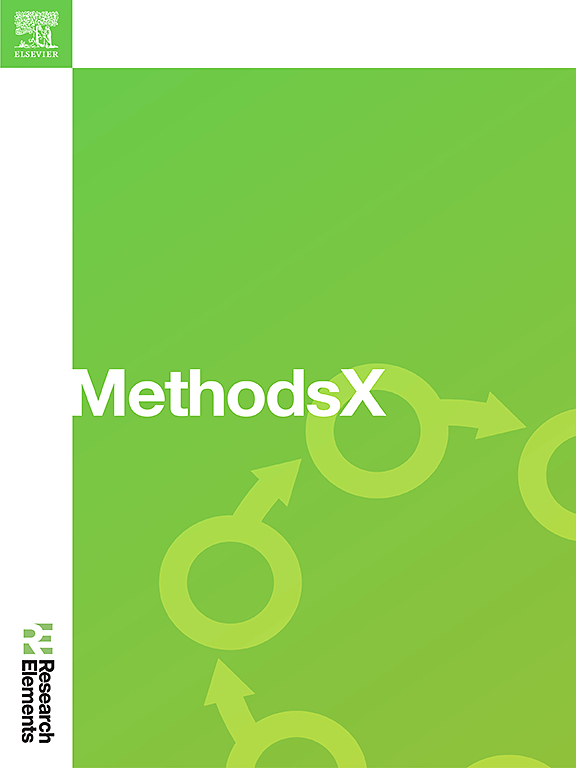A novel method to determine background concentrations and spatial distributions of heavy metals in soil at large scale using machine learning coupled with remote sensing-terrain attributes
IF 1.6
Q2 MULTIDISCIPLINARY SCIENCES
引用次数: 0
Abstract
Soil heavy metals are among the most hazardous materials in the environment. Their harmful effects can extend to surrounding systems (air, plants, water), and given the appropriate conditions may ultimately have negative effects on human health. Thus, preventing pollution and protecting pristine soils and preindustrial areas from human activities that lead to the concentration of heavy metals (HMs) is a priority. Here, a novel methodology was proposed to establish background concentrations of eight soil HMs, cobalt (Co), chromium (Cr), copper (Cu), iron (Fe), manganese (Mn), nickel (Ni), lead (Pb), and zinc (Zn), and digitally map their spatial distributions in an area (i.e., harrats region) that has not yet been impacted by industrial activity. The proposed methodology combined measurements of the target HMs and fifty-two environmental covariates (ECOVs) derived from 2017 to 2021 Landsat 8/9 OLI and Shuttle Radar Topography Mission (SRTM)-derived terrain attributes. Random forest and stepwise multiple linear regression models were further used to digitally map the studied HMs. The methodology is important for any future environmental pollution/monitoring studies in the area and can be applied in other similar environments. Machine learning algorithms show great ability to use available environmental variables and investigate the relationships between the factors influencing HMs accumulation under a given soil environment. The proposed methodology was effective for describing HMs spatial variability in the environments investigated.
- •The proposed method is a novel way to predict soil HMs and their spatial distribution over large areas.
- •Remote sensing/digital elevation models (DEMs)-derived ECOVs are useful for predicting and digitally mapping soil HMs, thus important for future environmental monitoring studies.
- •Explainable algorithms (i.e., RF and SMLR) are able to utilize ECOVs for HMs prediction and to establish background concentrations over large areas.

求助全文
约1分钟内获得全文
求助全文
来源期刊

MethodsX
Health Professions-Medical Laboratory Technology
CiteScore
3.60
自引率
5.30%
发文量
314
审稿时长
7 weeks
期刊介绍:
 求助内容:
求助内容: 应助结果提醒方式:
应助结果提醒方式:


